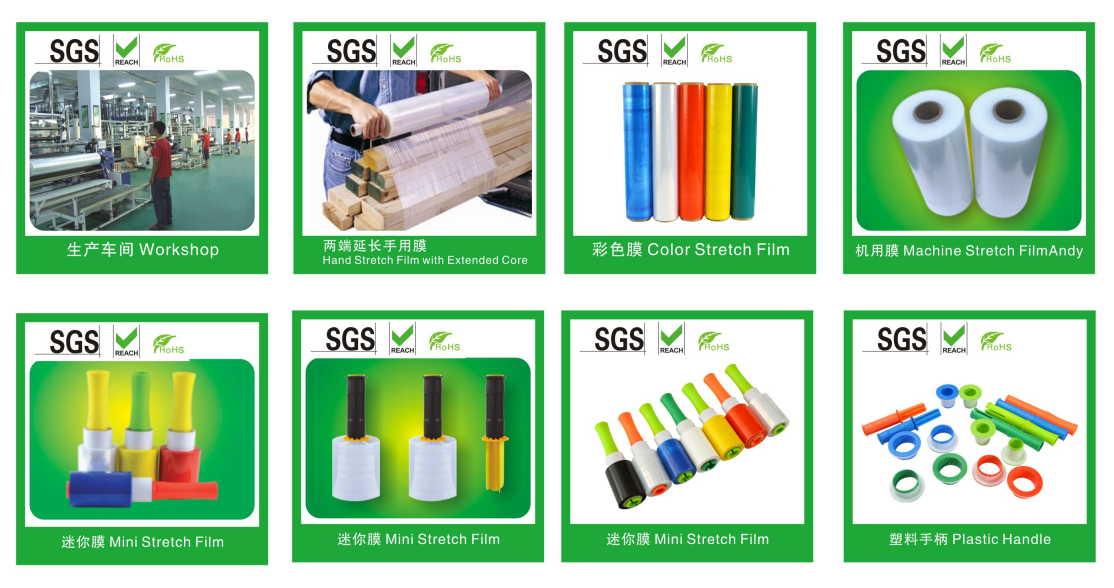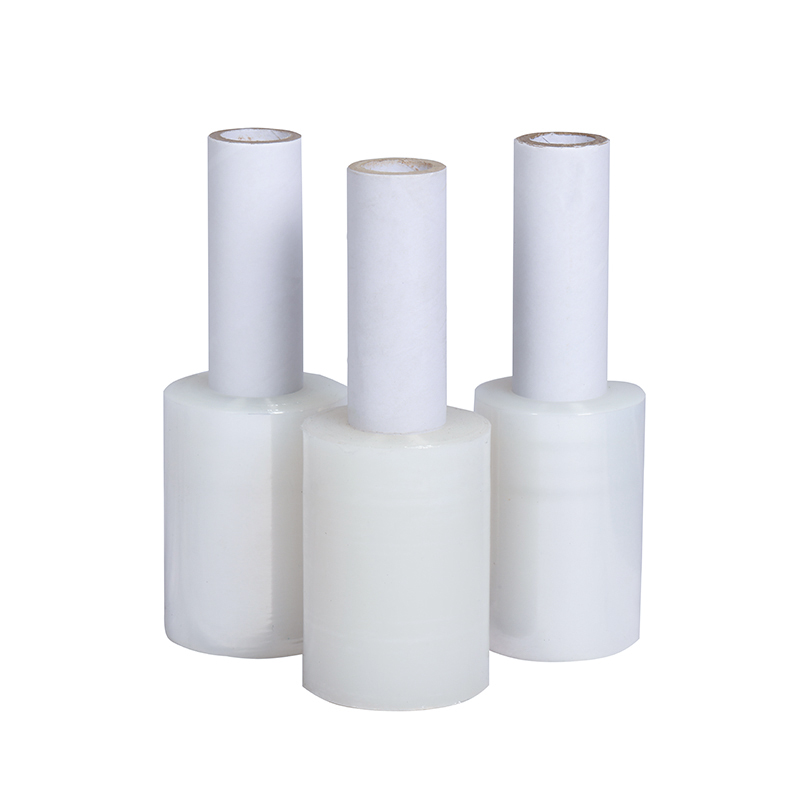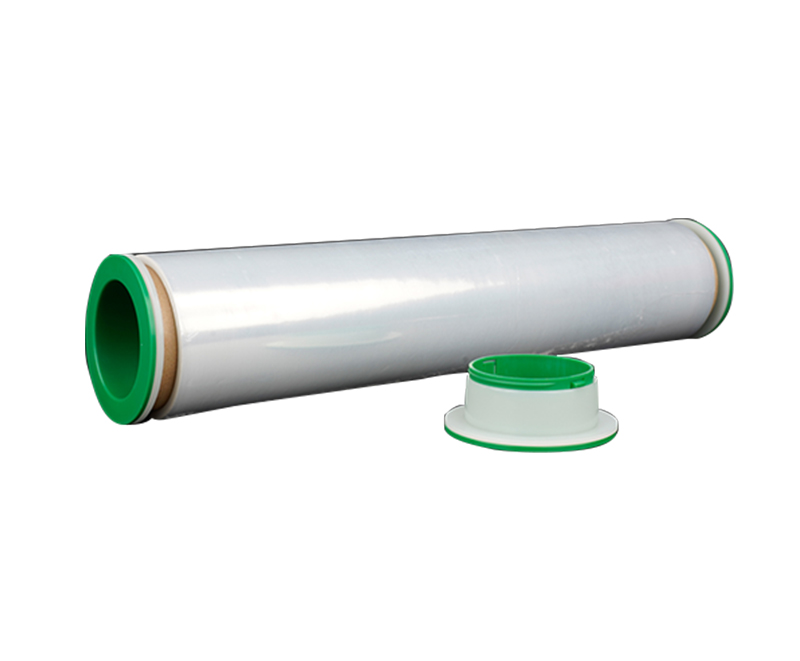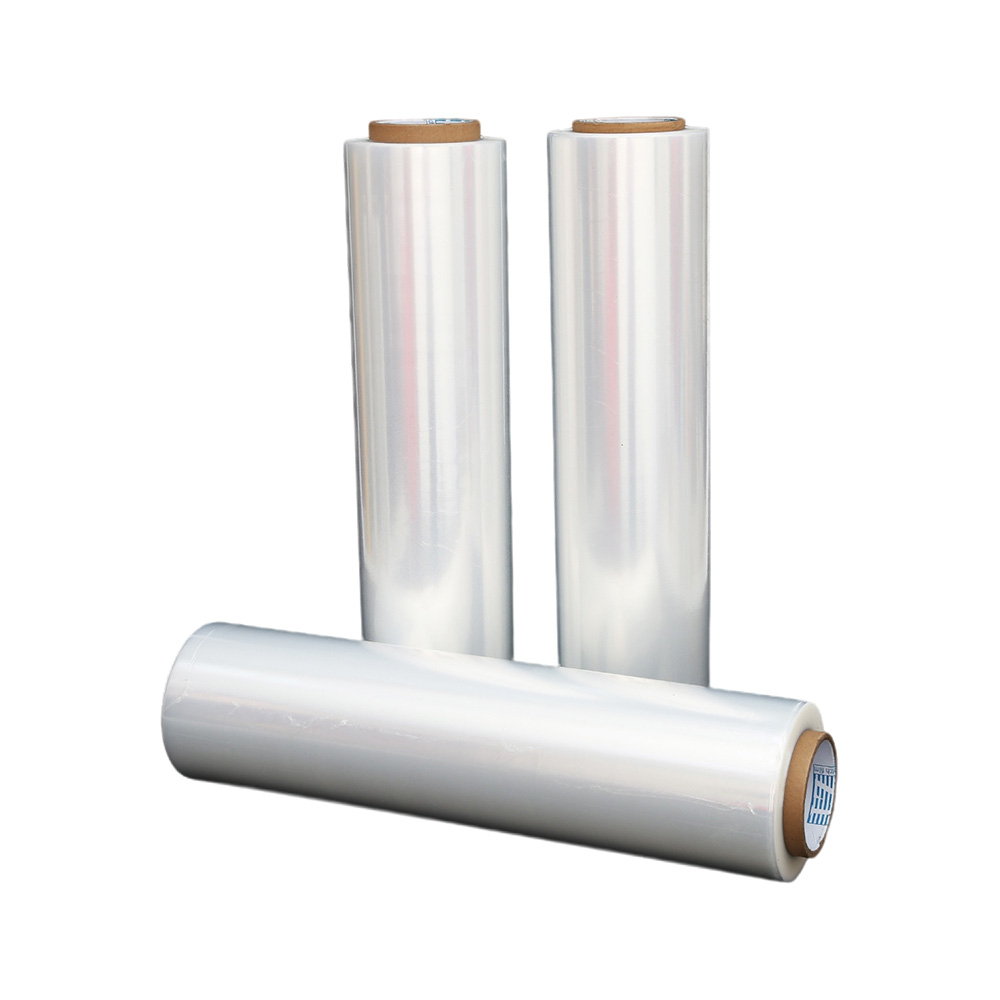How to avoid stretch film tape residue
Source:How to avoid stretch film tape residueTime:2025-01-07Visitors:
Stretch film is a crucial component in packaging and logistics, ensuring that products are securely wrapped for transport and storage. However, one common challenge faced by manufacturers and packaging facilities is the issue of tape residue. Residual glue left behind by stretch film can lead to damaged products, reduced packaging efficiency, and dissatisfied customers. Understanding the causes of tape residue and implementing effective prevention strategies can significantly enhance product quality and ensure smooth packaging operations.
Understanding the Cause of Stretch Film Tape Residue
Tape residue typically occurs when the adhesive used in stretch film interacts with environmental factors or improper storage conditions. The adhesive used in the production of stretch film involves a specific ratio of glue to water, formulated to perform optimally at normal room temperature. However, as humidity levels rise, particularly during seasonal transitions like returning to the south, the moisture in the air can exceed normal values. This increased humidity can cause the adhesive to react unexpectedly, leading to residual glue or diminished stickiness.
When the environment fluctuates beyond standard conditions, adhesive performance may deteriorate, resulting in poor film attachment or excessive residue on products. Packaging facilities operating in regions prone to high humidity or temperature variations need to be especially vigilant to prevent these issues from affecting their operations.
The Importance of Proper Storage and Environmental Control
One of the most effective ways to prevent stretch film tape residue is by maintaining optimal storage conditions. Keeping the warehouse environment dry and free from excessive moisture plays a pivotal role in preserving the adhesive properties of stretch film. When humidity infiltrates storage areas, it can compromise the integrity of the film’s adhesive, leading to undesirable residue.
Storing products in a cool and dry location shields them from external environmental factors that could alter adhesive performance. Sun exposure, freezing temperatures, and high heat can all negatively impact stretch film, causing the glue to either become too sticky or lose its effectiveness altogether. Maintaining a consistent temperature between 20°C and 30°C helps safeguard the adhesive’s quality, ensuring reliable performance during application.
Additionally, packaging facilities can implement protective measures such as using stretch film to wrap semi-finished products. By securing adhesive tape with an extra layer of stretch film, direct exposure to environmental fluctuations can be minimized, preventing glue deterioration. In cases where tape residue is detected during production, placing the affected products in an oven for light baking at a controlled temperature can help restore adhesive performance and eliminate residue.

Enhancing Adhesion Through Surface Preparation
The cleanliness of the surfaces being wrapped is another critical factor that influences tape adhesion and minimizes the risk of residue. Before applying stretch film, it is essential to ensure that the surfaces are clean, dry, and free from contaminants such as grease, dust, or oil. Pollutants on the surface can interfere with the adhesive, causing uneven application and increasing the likelihood of glue residue.
By regularly cleaning and preparing surfaces before the packaging process, manufacturers can create optimal conditions for the stretch film to adhere smoothly and consistently. This practice not only reduces the chances of residue but also enhances the overall efficiency of the packaging operation, leading to a more secure and professional finish.
Regulating Production Line Conditions
Maintaining the right production line environment is equally important in preventing stretch film tape residue. If tape residue or poor adhesion is detected during the production process, immediate action can mitigate further issues. Adjusting the production line to ensure that products are processed in a dry, temperature-controlled environment reduces the chances of adhesive failure.
In cases where environmental conditions are difficult to regulate, manufacturers can introduce temporary measures, such as heating affected products in an industrial oven. By micro-baking the products at a low temperature, residual glue can be softened and redistributed, improving adhesion and eliminating excess residue. This method serves as a quick and effective solution to restore packaging quality without compromising the overall production schedule.
Long-Term Benefits of Preventing Tape Residue
Preventing stretch film tape residue not only improves the quality of packaged products but also enhances overall operational efficiency. Residue can cause products to stick together, resulting in damage during unpacking or transportation. By addressing the root causes of tape residue and implementing preventive strategies, manufacturers can reduce material waste, avoid product returns, and strengthen customer satisfaction.
Additionally, proactive measures contribute to longer-lasting packaging materials, extending the shelf life of stretch films and reducing unnecessary costs associated with product defects. When stretch film performs as intended, businesses can streamline their packaging processes, minimize downtime, and increase the reliability of their operations.
At Zhiteng Packing, we prioritize the development of high-quality stretch films designed to withstand a variety of environmental conditions. Our products are crafted using industry-leading materials and advanced adhesive formulations, ensuring optimal performance and minimal tape residue. Whether you operate in humid climates or require packaging solutions for temperature-sensitive products, our stretch films are engineered to provide exceptional adhesion and long-lasting durability.
By understanding the factors that contribute to tape residue and applying best practices in storage, production, and surface preparation, businesses can maintain the integrity of their packaging operations. Partnering with a trusted manufacturer like Zhiteng Packing allows you to benefit from expert guidance and innovative solutions, ensuring that your stretch film delivers reliable, residue-free performance every time.
Conclusion
Tape residue from stretch film can pose significant challenges in packaging, but with the right strategies and environmental controls, these issues can be effectively managed. By focusing on proper storage, surface preparation, and production line adjustments, manufacturers can prevent adhesive failure and maintain the quality of their packaged products.
At Zhiteng Packing, we are committed to providing superior stretch film solutions that help businesses optimize their packaging processes and achieve consistent, high-quality results. Our extensive experience in adhesive technology and packaging innovation ensures that our stretch films perform exceptionally across diverse applications.
If you are seeking reliable, residue-free stretch film solutions, contact Zhiteng Packing today to learn more about our products and how we can support your packaging needs.Recommended Products
Ranked in the same article
- how to use the stretch film technology to r
- How can we get detailed price list?
- Five common quality problems of PE protecti
- Plastic film degradation
- How to guarantee punctual shipment for our
- Gauge to Micron and Millimetre Conversion G
- What is the difference between stretch film
- Testing the permeability of stretch film
- Stretch film temperature requirements
- Electrical wire film VS electrostatic film
- Why insufficient transparency of stretch w
Latest news articles
- Bundling Stretch Film: Optimize Your Packag
- Stretch Film Wrap: Unraveling Its Benefits
- What is the Difference Between Magic Tape a
- Advantages of white engineering film
- The significance of using PE electric wire
- How can PE stretch film be cut better?
- What Properties Ensure Effective Cold Chain
- The Ultimate Guide to Choosing the Right Ma
- How to check the quality of PE stretch film
- Factors affecting viscosity of PE stretch f
- The 133rd Spring Canton Fair



